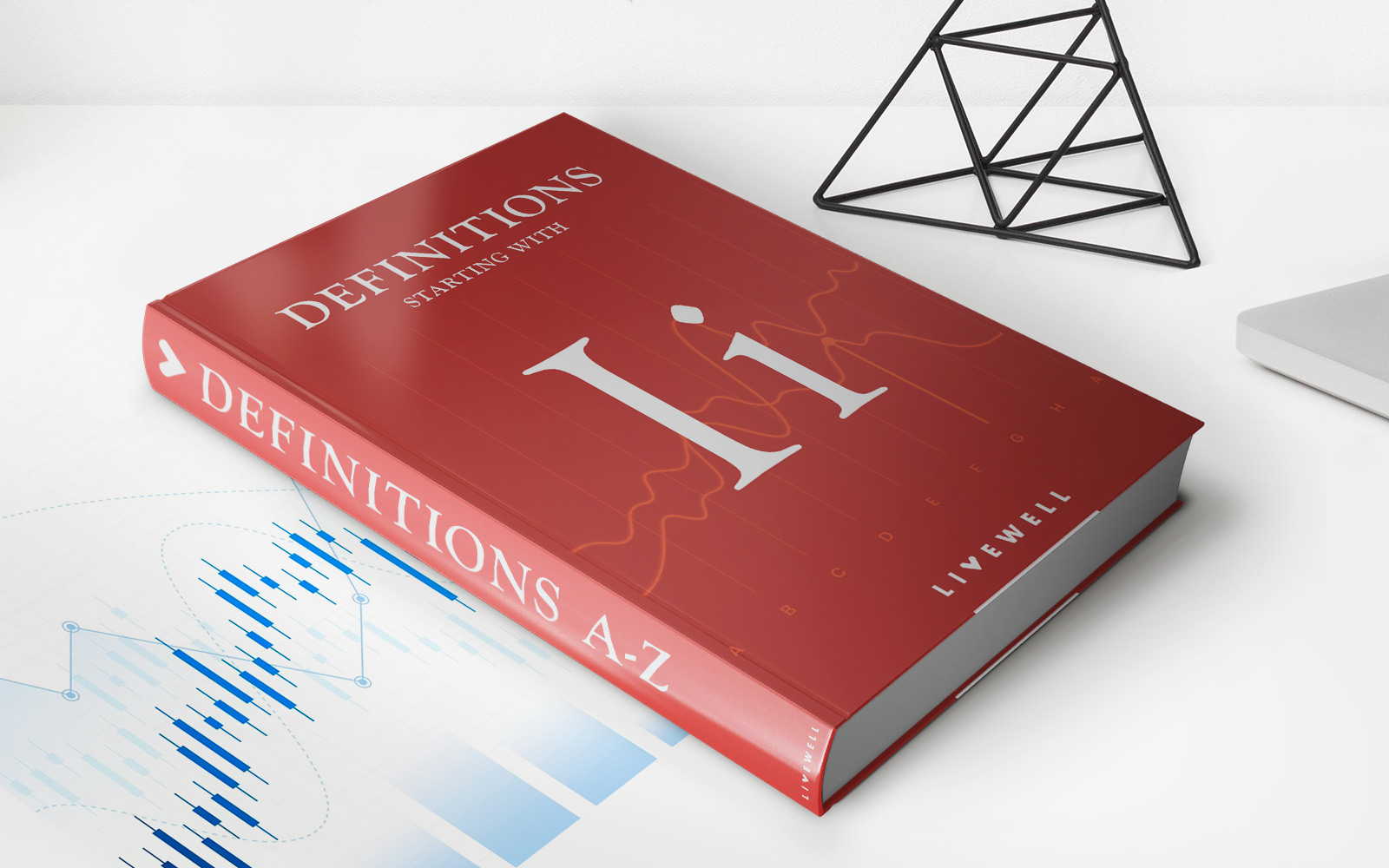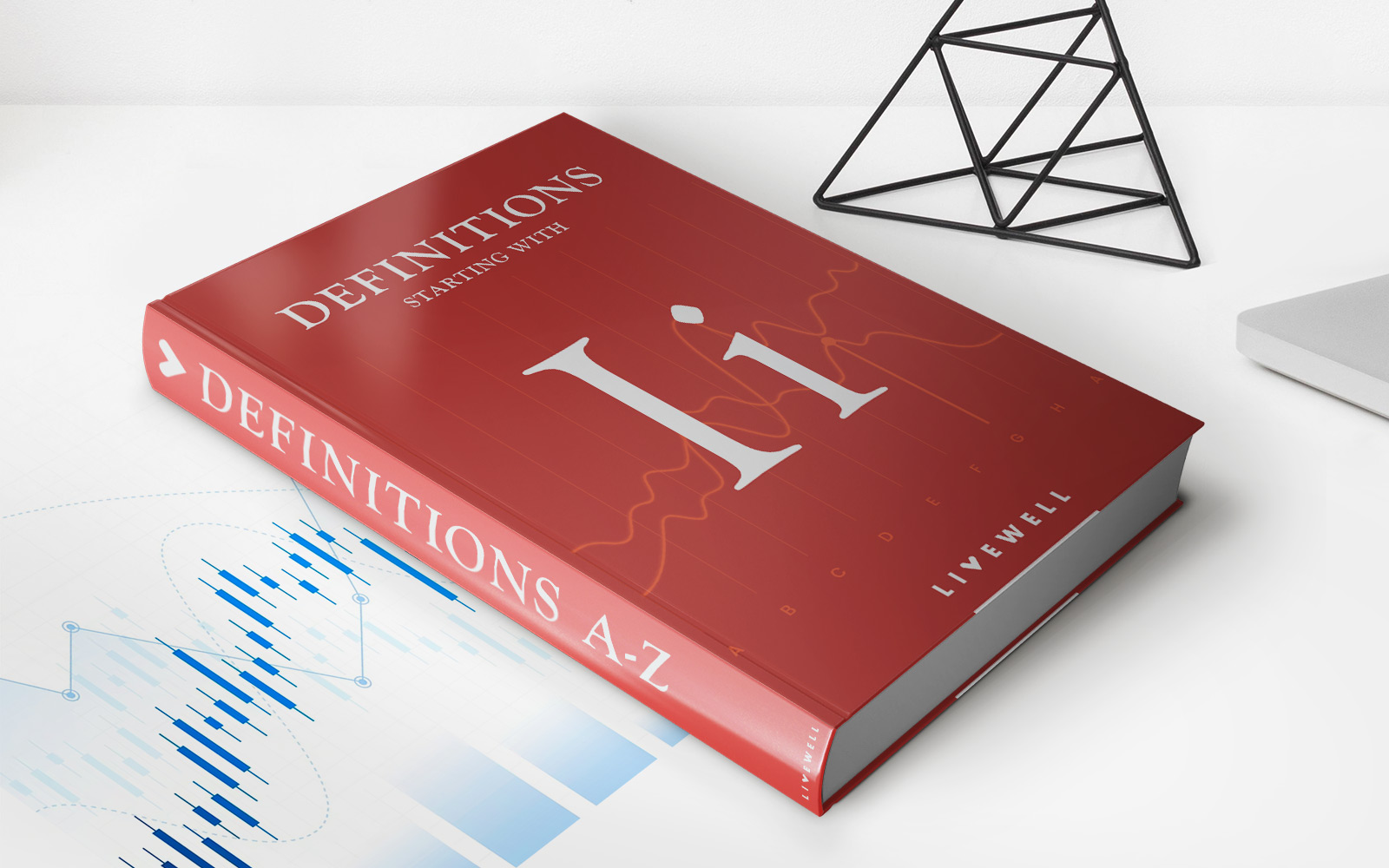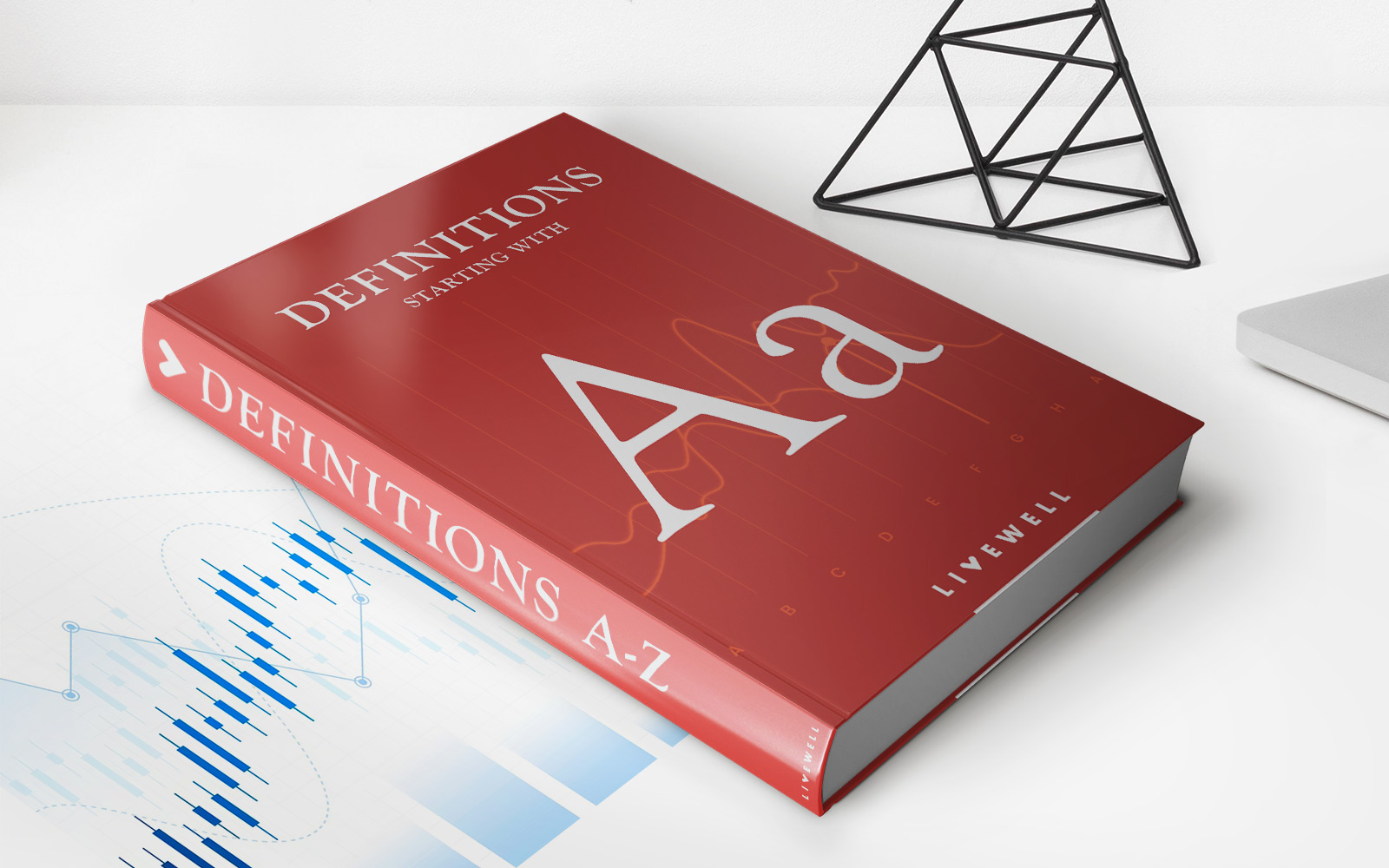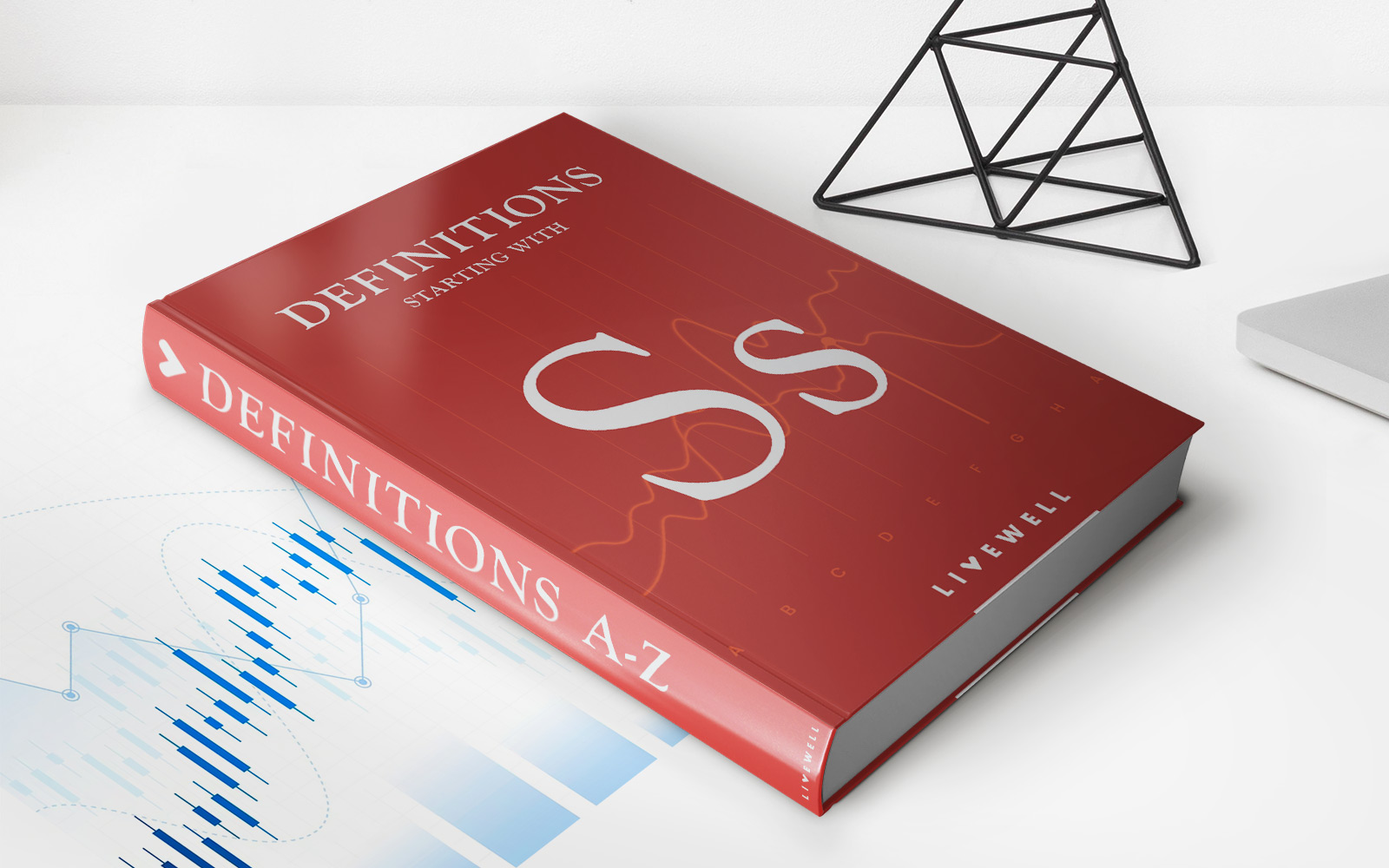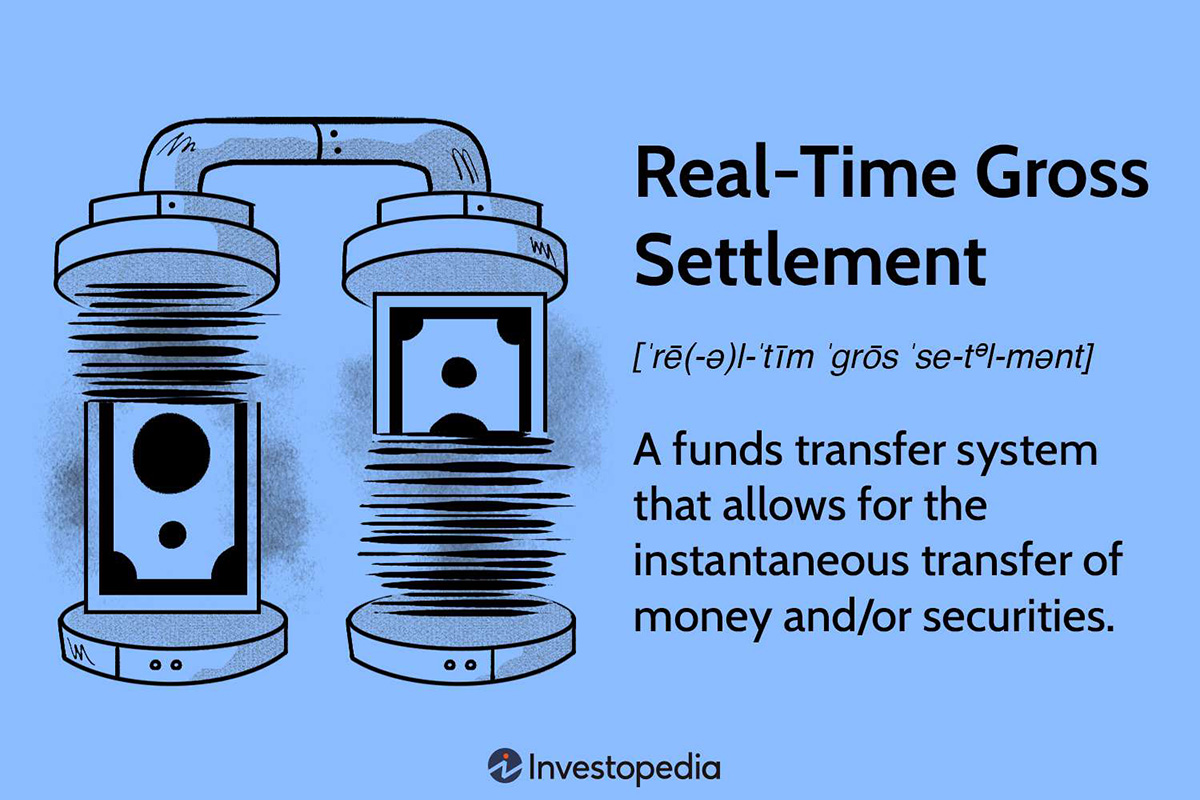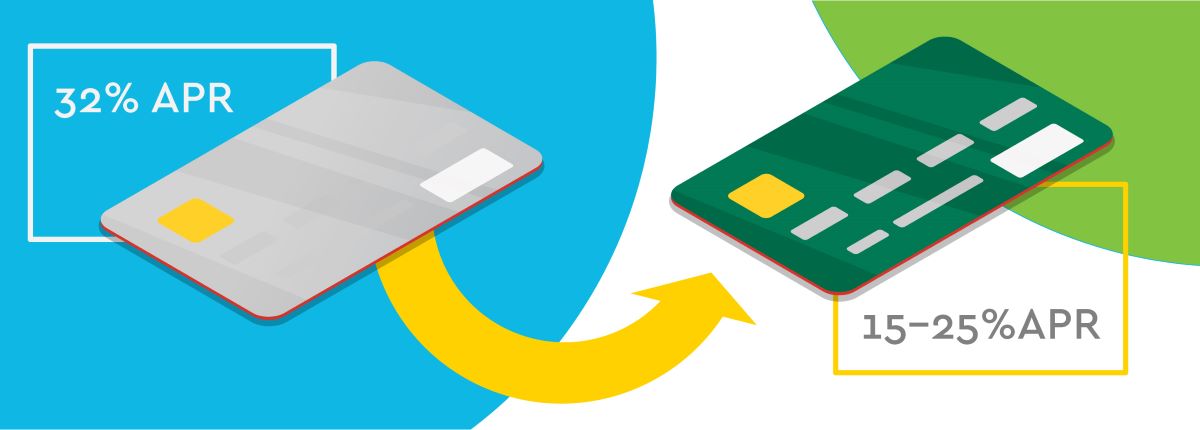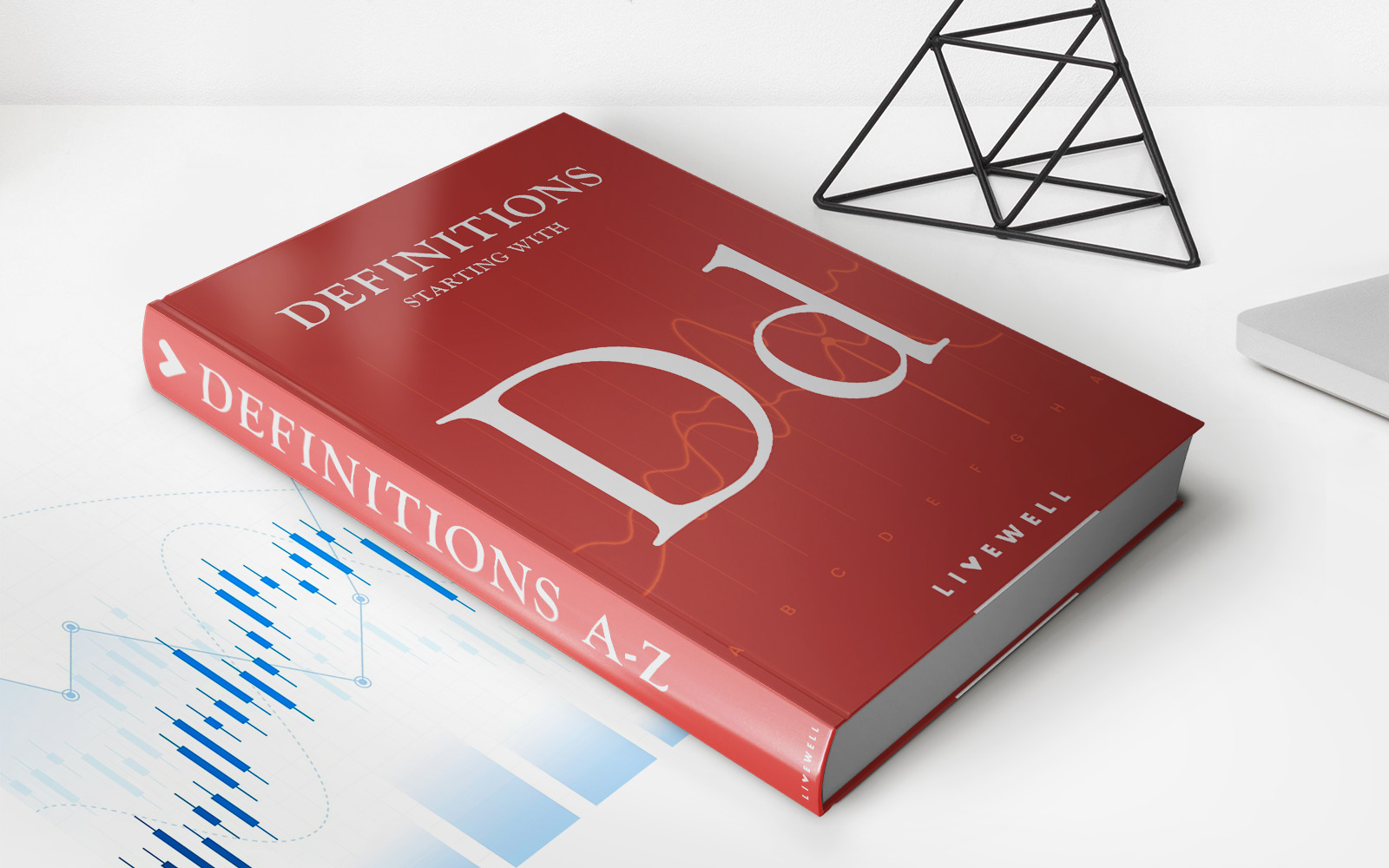Home>Finance>Decentralized Applications (dApps): Definition, Uses, Pros And Cons
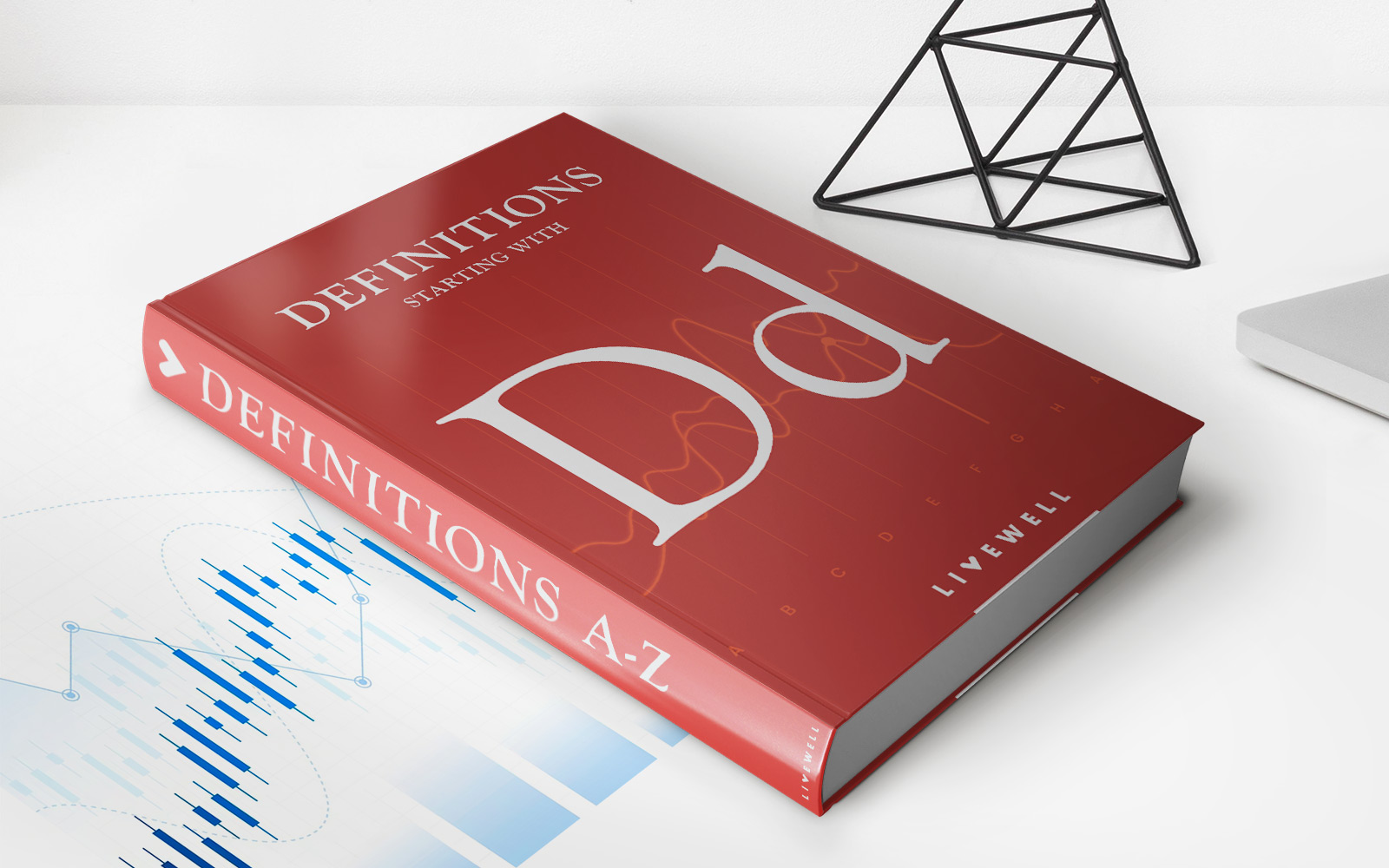

Finance
Decentralized Applications (dApps): Definition, Uses, Pros And Cons
Published: November 8, 2023
Discover the potential of decentralized applications (dApps) in the finance industry. Learn about their definition, uses, and explore the pros and cons of using dApps for your financial needs.
(Many of the links in this article redirect to a specific reviewed product. Your purchase of these products through affiliate links helps to generate commission for LiveWell, at no extra cost. Learn more)
Decentralized Applications (dApps): Definition, Uses, Pros and Cons
In today’s digital age, technology continues to evolve and reshape various industries. One of the latest innovations gaining momentum is decentralized applications, or dApps. But what exactly are dApps, and how do they impact the world of finance? In this blog post, we will explore the definition of dApps, their uses, as well as the pros and cons associated with them.
Key Takeaways:
- dApps are applications built on decentralized networks, utilizing blockchain technology.
- They aim to eliminate the need for intermediaries and provide transparency, security, and user control.
What are Decentralized Applications (dApps)?
A decentralized application, or dApp, is a software application that operates on a decentralized network, typically powered by blockchain technology. Unlike traditional applications that rely on a centralized server or authority, dApps are designed to function autonomously within a blockchain network.
At the core of dApps lies the immutability and transparency provided by blockchain technology. Each transaction in a dApp is recorded on a distributed ledger that is verified and maintained by a network of participants, removing the need for intermediaries. This peer-to-peer network structure not only enhances security but also fosters trust among users.
Uses of Decentralized Applications in Finance
dApps have the potential to disrupt various sectors, and the finance industry is no exception. Here are some of the key ways in which decentralized applications can be applied in finance:
- Payments and Remittances: dApps can facilitate peer-to-peer transactions without the need for traditional financial intermediaries, reducing transaction fees and increasing efficiency.
- Smart Contracts: Using smart contracts, dApps can automate financial agreements, ensuring that terms and conditions are met without reliance on intermediaries.
- Decentralized Exchanges: dApps can enable peer-to-peer trading of cryptocurrencies and other digital assets, providing users with more control over their assets and eliminating the need for centralized exchanges.
- Crowdfunding and Fundraising: By utilizing blockchain technology, dApps allow for transparent and secure crowdfunding campaigns, enhancing trust between project creators and backers.
Pros and Cons of Decentralized Applications
Decentralized applications come with their own set of advantages and disadvantages. Here are some of the pros and cons:
Pros:
- Transparency: The transparent nature of dApps enables users to track transactions and verify data without the need to trust centralized authorities.
- Security: The decentralized structure of dApps makes it difficult for malicious actors to tamper with or manipulate data stored in the blockchain.
- Reduced Costs: With dApps, the need for intermediaries is eliminated, leading to reduced costs by cutting out middlemen.
- User Control: Users have greater control and ownership over their data, digital assets, and financial transactions in a dApp ecosystem.
Cons:
- Scalability: Currently, scalability is a challenge for many dApps, as blockchain networks face limitations in terms of transaction processing capacity.
- Complexity: The technology and infrastructure required to build and operate dApps can be complex, requiring specialized knowledge and expertise.
- Regulatory Uncertainty: The regulatory landscape surrounding dApps is still evolving, posing uncertainties and potential obstacles for adoption.
- User Experience: Some dApps may present a steeper learning curve for individuals accustomed to traditional centralized applications.
Decentralized applications, with their ability to foster trust, security, and transparency, have the potential to revolutionize the finance industry. As with any emerging technology, there are both advantages and challenges associated with dApps. However, as the ecosystem continues to mature, the benefits and use cases of dApps are likely to expand, presenting exciting opportunities for the future of finance.
